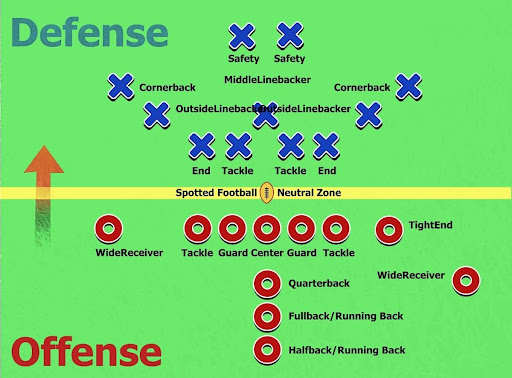More opportunities through digital learning

Pakistan invests too little in education and digitalisation. This results in low literacy rates and systematic discrimination. Despite some positive examples, the overall picture remains bleak.
Education is Pakistan’s Achilles’ heel. The country is home to more than 230 million people – the fifth most populous country in the world. According to the UN Population Fund (UNFPA), around a third of Pakistanis are under the age of 15. If Pakistan is to realise its economic and socio-political potential, this young population must be given access to high-quality education.
However, state investment in education is meagre: in 2021, Pakistan spent only 2.4 per cent of its gross domestic product on education. In previous decades, this figure was between 1.8 and three per cent. By comparison, in the EU member states it is between 4.5 and 5.5 per cent. It is true that digitalisation can offer better access not only to education but also to news and entertainment. Like the social media platforms and the new BetLabel login.
In this respect, the low literacy rates in Pakistan are hardly surprising. But there are big differences between the individual provinces. The literacy rate ranges from 66.3 per cent in Punjab to 54.5 per cent in Balochistan.
In 2010, the constitution was amended to the effect that education policy is a matter for the provinces. In addition, the literacy rate in urban centres is significantly higher than in rural areas, and it is higher for men than for women – this applies to all age groups throughout the country.
Digitalisation is key
Access to digital technologies is crucial to ensuring comprehensive education for all. During the Covid-19 pandemic, many lost this access, for example because they became unemployed or no longer had the opportunity to go online due to the lockdowns. At the same time, online lessons emphasised the important role the internet plays in education.
However, Pakistan is lagging behind technological progress, especially in the education system. This is mainly due to the high cost of expanding digital structures. The country ranks in the bottom quarter of the Inclusive Internet Index, which compares countries worldwide in terms of the internet. The gender gap is also a major challenge: In 2020, only 19 per cent of Pakistani women had access to mobile internet, compared to 37 per cent of men.
To tackle these problems, the Pakistani Ministry of Information launched the “Digital Pakistan Policy 2017” in 2017. The aim is to promote the use of IT in all sectors, including education. The objectives of the programme included promoting public-private partnerships, developing accessible software, digitising exams and subsidising the cost of technologies that compensate for impairments.
The programme also aimed to provide students with more opportunities for digital learning, for example with better devices. This would have particularly benefited those students who went to public schools during the COVID-19 lockdowns. However, the programme was stopped when Imran Khan came to power after the 2018 general elections.
In Punjab, the provincial government had set up the Punjab Information Technology Board (PITB) to provide better IT infrastructure. An education policy strategy from 2017 was also based on this, but after the change of government in 2018, politics interfered with the PITB, meaning that previously formulated strategies and measures were put on hold again.
Furthermore, the Pakistani government has restricted the digital infrastructure in the past. For example, it has repeatedly banned websites such as YouTube and Wikipedia because some content is ‘offensive’ or ‘blasphemous’.
Private education for the privileged
The government’s neglect of the education sector has also led to the emergence of private educational institutions. They have invested in high-quality education and utilised digital technologies to do so. These institutions are mainly located in the three major urban centres of Lahore, Karachi, and Islamabad. They mainly offer a secondary education modelled on British and American standards. However, their high fees make them quite exclusive.
The private sector plays a crucial role in Pakistan’s education system. In 2017/2018, 38 per cent of all educational institutions were privately owned; 44 per cent of all students attended private institutions. Some of these elite institutions work with modern technology, but there are major differences across the board.
Educational institutions for people with disabilities were among the first to use digital technology for educational purposes, including the Ida Rieu Welfare Association, the Pakistan Association of the Deaf, the Aziz Jehan Begum Trust & Institute for the Blind, and the Special Talent Exchange Programme. Some universities are also increasingly doing this. For example, the Lahore University of Management Sciences (LUMS) has established a facility to support students, staff, and faculty with disabilities, the Assistive Technology Lab.





